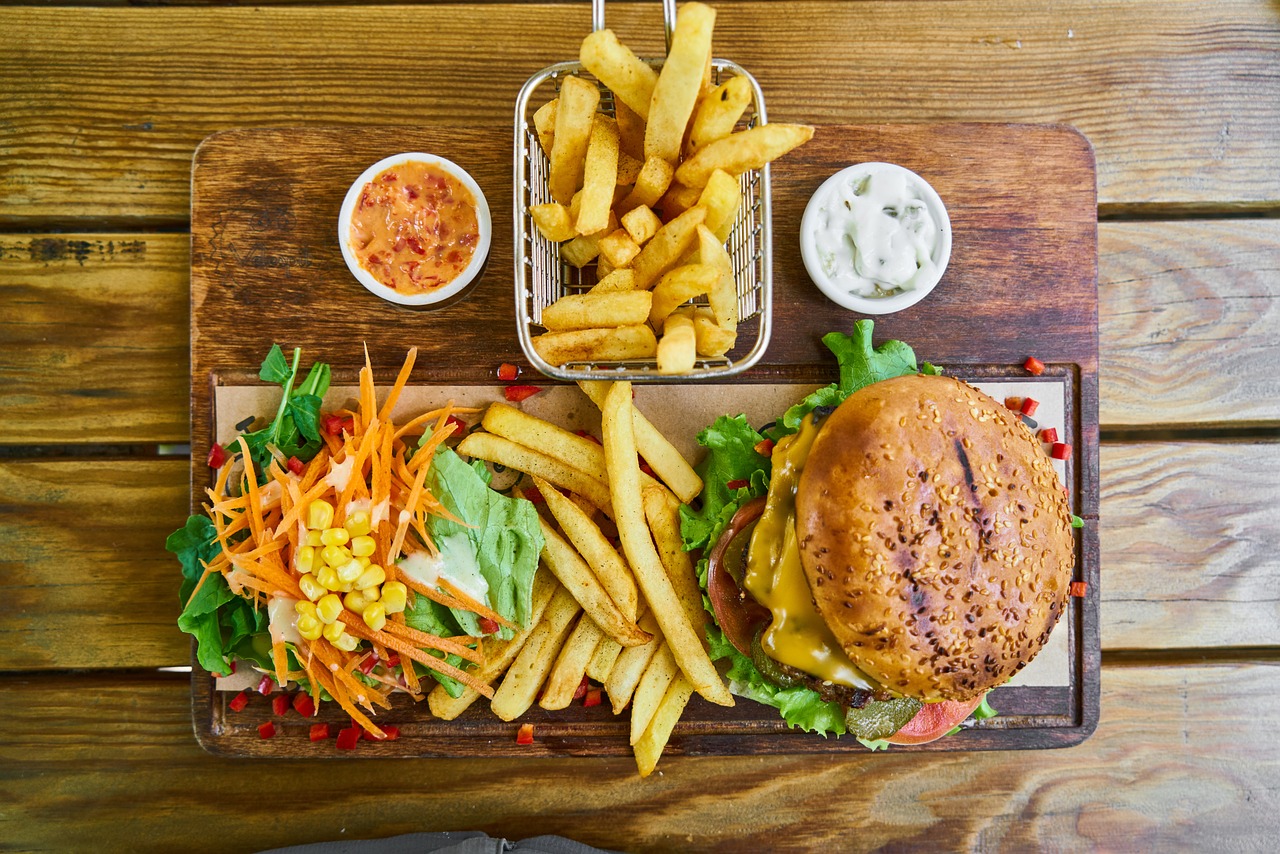
Pre-reading questions:
- Are you familiar with Western food?
- Do you like trying out foreign foods?
Vocabulary:
- influence /IN-floo-uhns/
- consumer /kuhn-SOO-mer/
- popularity /pop-yuh-LAR-i-tee/
- traditional /truh-DISH-uh-nl/
- willingness /WIL-ing-nis /
[noun] – the power to have an effect on people or things, or a person or thing that is able to do this
The teacher’s positive influence motivated her students to work hard and achieve their goals.
[noun] – a person who buys goods or services for their own use
As a responsible consumer, she always checks product labels for ingredients and makes environmentally conscious purchasing decisions.
[noun] – the fact that something or someone is liked, enjoyed, or supported by many people
The restaurant’s popularity soared after receiving positive reviews from renowned food critics.
[adjective] – following or belonging to the customs or ways of behaving that have continued in a group of people or society for a long time without changing
The family celebrated Thanksgiving with a traditional meal of turkey, stuffing, and cranberry sauce.
[noun] – the quality of being happy to do something if it is needed
The team members showed great willingness to collaborate and work together towards a common goal.
Article reading:
There are several reasons contributing to this trend, including globalization and increased exposure to Western culture. Chinese consumers are curious about exploring different cuisines and trying new flavors. Western dishes like hamburgers, sandwiches, pasta, and pizza can now be found in many Chinese cities, catering to the growing demand for these “white people meals.” Specialized restaurants and cafes offering Western cuisine have also gained popularity among Chinese customers and expatriates. Some Chinese consumers see these “white people meals” as a symbol of modernity and sophistication, representing a departure from traditional Chinese cuisine. However, the trend has sparked discussions about cultural appropriation and the preservation of culinary traditions. Critics worry that it may dilute Chinese culinary heritage and traditional flavors. The emergence of the “white people meals” trend showcases China’s vibrant food culture. It demonstrates Chinese consumers’ openness to diverse culinary influences from around the world and their willingness to try new foods.
True or False:
- Chinese consumers are not willing to try new foods.
- Chinese consumers are curious about exploring different cuisines and trying new flavors.
- Western dishes like hamburgers, sandwiches, pasta, and pizza can be found in many Chinese cities.
- Restaurants and cafes offering Western cuisine have gained popularity among Chinese customers and expatriates.
- Some Chinese consumers see these “white people meals” as a symbol of modernity and sophistication.
Fill in the blanks:
| influence | consumer | popularity | traditional | willingness |
- Understanding the needs and preferences of the ___________ is crucial for successful marketing strategies.
- Social media platforms have a significant ___________ on shaping consumer trends and behaviors.
- The success of a negotiation depends on the ___________ of both parties to reach a mutually beneficial agreement.
- The community celebrates ___________ festivals and customs passed down through generations.
- The new restaurant gained ___________ quickly due to its unique menu and exceptional service.